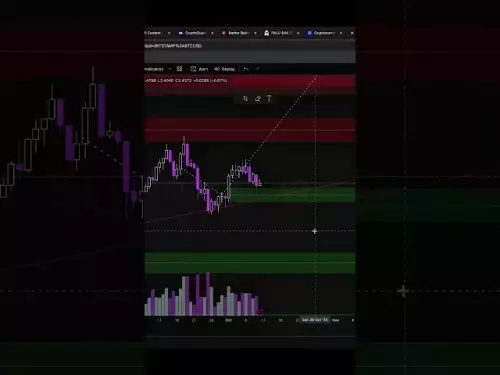-
 bitcoin
bitcoin $110311.910091 USD
1.97% -
 ethereum
ethereum $3964.172463 USD
0.34% -
 tether
tether $1.000288 USD
-0.05% -
 bnb
bnb $1098.563056 USD
-0.37% -
 xrp
xrp $2.479902 USD
4.31% -
 solana
solana $188.301025 USD
1.38% -
 usd-coin
usd-coin $0.999961 USD
0.01% -
 tron
tron $0.322477 USD
0.49% -
 dogecoin
dogecoin $0.199450 USD
2.51% -
 cardano
cardano $0.662393 USD
2.33% -
 hyperliquid
hyperliquid $37.947663 USD
1.71% -
 chainlink
chainlink $18.819081 USD
9.53% -
 ethena-usde
ethena-usde $0.999345 USD
-0.04% -
 stellar
stellar $0.323467 USD
2.06% -
 bitcoin-cash
bitcoin-cash $479.282126 USD
1.50%
How to calculate Bybit profit and loss (PnL)? A Bybit PnL explanation.
Bybit's spot PnL is calculated as (Selling Price - Buying Price) × Quantity, with fees reducing net profit; in futures, leverage and funding fees impact realized/unrealized gains.
Oct 18, 2025 at 07:36 pm
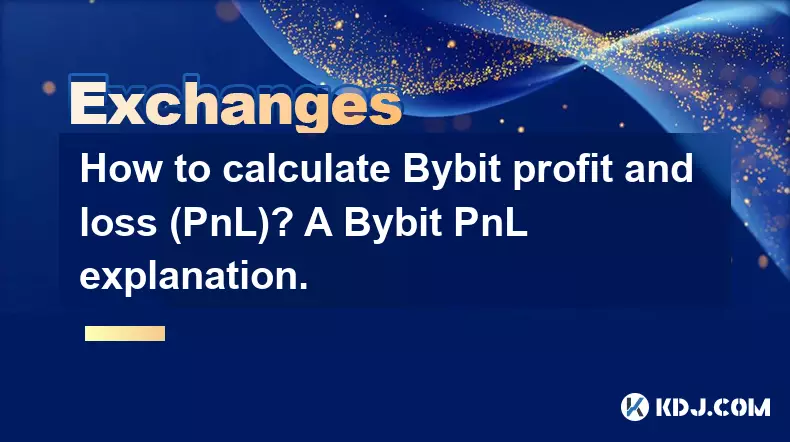
Understanding Bybit Profit and Loss (PnL) in Spot Trading
1. In spot trading on Bybit, calculating profit and loss is straightforward since it involves buying and selling assets directly. The formula used is: PnL = (Selling Price - Buying Price) × Quantity Sold. For example, if you purchase 0.5 BTC at $30,000 and later sell it at $35,000, your profit would be ($35,000 - $30,000) × 0.5 = $2,500.
2. Fees are an essential factor in spot PnL calculations. Bybit charges a taker or maker fee depending on your order type. These fees reduce the final realized profit. If the same trade above incurs a 0.1% fee on both buy and sell sides, the net profit adjusts downward accordingly.
3. When dealing with stablecoin pairs like BTC/USDT, valuation remains consistent, simplifying calculations. However, when trading against volatile pairs such as BTC/ETH, additional conversion steps may be needed to determine accurate USDT-denominated profits.
4. Unrealized PnL does not apply in spot trading unless positions are held without closing. Once a trade is settled, the PnL becomes realized and can be viewed in your wallet history or transaction records within the Bybit interface.
Calculating PnL in Bybit Futures Contracts
1. In perpetual futures contracts, PnL is split into realized and unrealized components. Unrealized PnL reflects gains or losses on open positions based on the current market price versus entry price. The formula for long positions is: Unrealized PnL = Position Size × (Mark Price - Entry Price).
2. For short positions, the calculation flips: Unrealized PnL = Position Size × (Entry Price - Mark Price). Mark price, not last traded price, is used to prevent manipulation and ensure fair liquidation levels.
3. Realized PnL occurs when a position is closed. It accounts for entry and exit prices, including funding fees paid or received during the holding period. Funding fees are exchanged between longs and shorts every 8 hours and must be factored into net profit assessments.
(p)4. Leverage amplifies both gains and losses. While leverage doesn't change the PnL formula directly, it affects position size relative to margin. A 10x leveraged position will experience tenfold changes in PnL compared to a non-leveraged one given the same price movement.
Isolated vs Cross Margin Mode Impact on PnL
1. In isolated margin mode, the maximum loss is limited to the margin allocated to a specific position. This makes risk management more predictable. PnL calculations remain the same, but liquidation occurs when losses exceed the assigned margin.
2. Cross margin mode uses the entire available balance as collateral. While this reduces the chance of liquidation, large losses can significantly deplete overall equity. Traders must monitor total exposure since PnL from one position affects the health of others.
3. Liquidation price is derived from entry price, leverage, and fees. As unrealized losses grow, the system estimates the price at which the position will be forcibly closed. This price depends on whether the contract is linear (denominated in USDT) or inverse (denominated in cryptocurrency).
4. Maintenance margin, a small percentage of the position value, determines how close a position can get to zero before liquidation. Higher maintenance margins require larger buffers, indirectly influencing how much adverse price movement a trader can withstand before realizing a full loss.
Frequently Asked Questions
How does funding rate affect my futures PnL? Funding rates are periodic payments made between long and short traders. If you hold a long position when funding rates are positive, you pay shorts; if negative, you receive payments. These amounts accumulate over time and directly impact net PnL upon position closure.
Why is mark price used instead of last traded price for PnL? Mark price prevents price manipulation and ensures fairness in liquidations and insurance mechanisms. It’s typically derived from external index prices and funding rate alignment, offering a more reliable valuation than volatile spot trades.
Can I view historical PnL reports on Bybit? Yes, Bybit provides detailed account statements and order history through its platform. Users can access closed positions, realized PnL, funding payments, and fee records under the “Assets” or “Reports” section depending on the interface version.
Does Bybit include transaction fees in its PnL display? Bybit's interface typically shows gross PnL before deducting fees. To determine net profit, users must manually subtract taker/maker fees and funding costs from the displayed value for precise accounting.
Disclaimer:info@kdj.com
The information provided is not trading advice. kdj.com does not assume any responsibility for any investments made based on the information provided in this article. Cryptocurrencies are highly volatile and it is highly recommended that you invest with caution after thorough research!
If you believe that the content used on this website infringes your copyright, please contact us immediately (info@kdj.com) and we will delete it promptly.
- Crypto Coins: Ethereum, Solana, and the Rise of AI in 2025
- 2025-10-21 08:45:16
- TRON's Stablecoin Empire: Cross-Chain Expansion and Blockchain Innovations
- 2025-10-21 08:45:16
- Shiba Inu, AlphaPepe, Presale: The Meme Coin Evolution
- 2025-10-21 08:50:01
- Dogecoin, Whales, and Bullish Alternatives: What's the Deal?
- 2025-10-21 08:50:01
- Shohei Ohtani, World Series, and Baseball Fever: A Los Angeles Love Affair
- 2025-10-21 08:50:01
- Ethena's Expansion: New Products and Team Growth on the Horizon
- 2025-10-21 08:50:12
Related knowledge
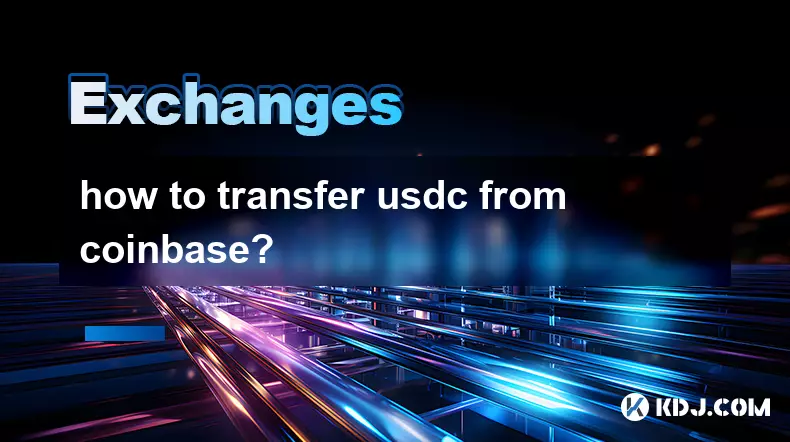
how to transfer usdc from coinbase?
Oct 21,2025 at 02:18am
Understanding Decentralized Exchanges in the Crypto Ecosystem1. Decentralized exchanges (DEXs) operate without a central authority, allowing users to ...
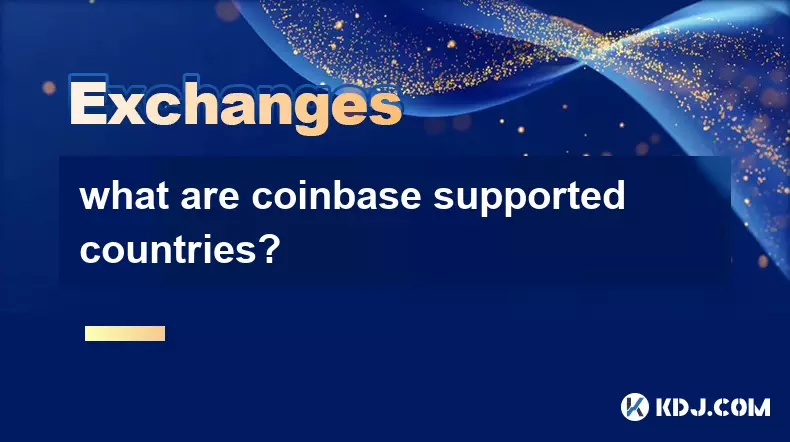
what are coinbase supported countries?
Oct 18,2025 at 12:01pm
Countries Where Coinbase Operates1. United States – Coinbase is headquartered in San Francisco, California, and provides full trading, staking, and cu...
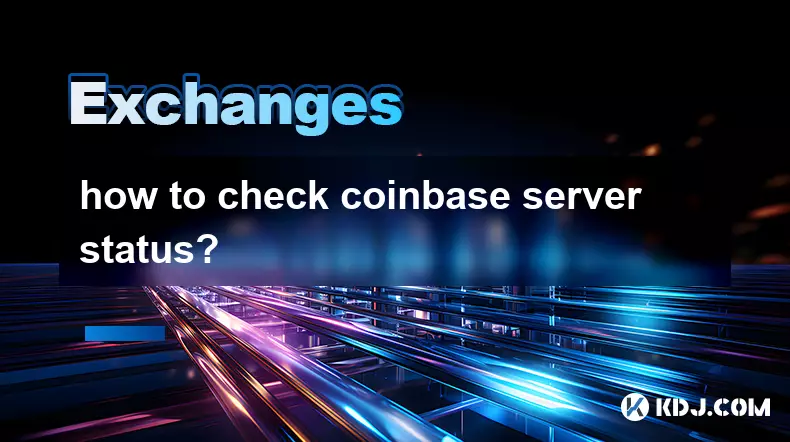
how to check coinbase server status?
Oct 20,2025 at 08:54pm
How to Monitor Coinbase Server Status in Real Time1. Visit the official Coinbase status page, which provides live updates on the performance of all it...

what happens if my coinbase account is hacked?
Oct 19,2025 at 06:19am
Immediate Steps to Take After a Coinbase Account Breach1. Immediately log into your Coinbase account from a secure device and change your password. Us...

can i send from coinbase to kraken?
Oct 18,2025 at 03:37am
Transferring Funds from Coinbase to Kraken Sending cryptocurrency from Coinbase to Kraken is a common practice among traders seeking better liquidity,...
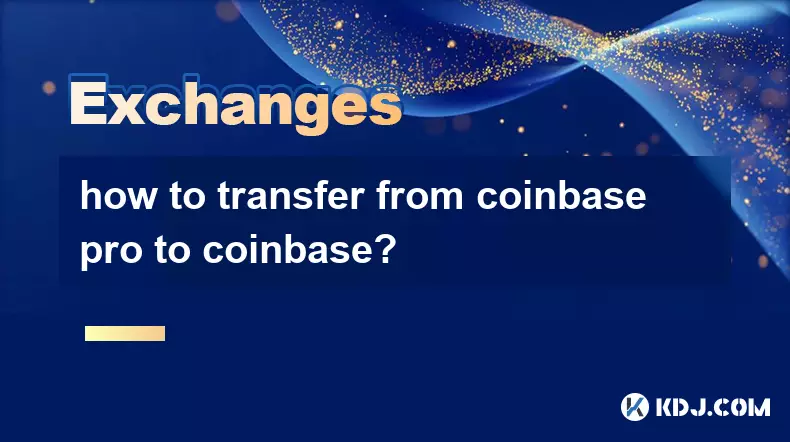
how to transfer from coinbase pro to coinbase?
Oct 20,2025 at 01:01am
Transferring funds from Coinbase Pro to Coinbase is a straightforward process that allows users to consolidate their assets in one accessible location...

how to transfer usdc from coinbase?
Oct 21,2025 at 02:18am
Understanding Decentralized Exchanges in the Crypto Ecosystem1. Decentralized exchanges (DEXs) operate without a central authority, allowing users to ...

what are coinbase supported countries?
Oct 18,2025 at 12:01pm
Countries Where Coinbase Operates1. United States – Coinbase is headquartered in San Francisco, California, and provides full trading, staking, and cu...

how to check coinbase server status?
Oct 20,2025 at 08:54pm
How to Monitor Coinbase Server Status in Real Time1. Visit the official Coinbase status page, which provides live updates on the performance of all it...

what happens if my coinbase account is hacked?
Oct 19,2025 at 06:19am
Immediate Steps to Take After a Coinbase Account Breach1. Immediately log into your Coinbase account from a secure device and change your password. Us...

can i send from coinbase to kraken?
Oct 18,2025 at 03:37am
Transferring Funds from Coinbase to Kraken Sending cryptocurrency from Coinbase to Kraken is a common practice among traders seeking better liquidity,...

how to transfer from coinbase pro to coinbase?
Oct 20,2025 at 01:01am
Transferring funds from Coinbase Pro to Coinbase is a straightforward process that allows users to consolidate their assets in one accessible location...
See all articles

























